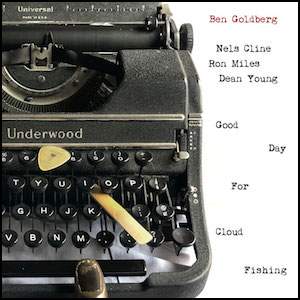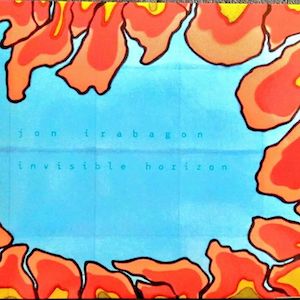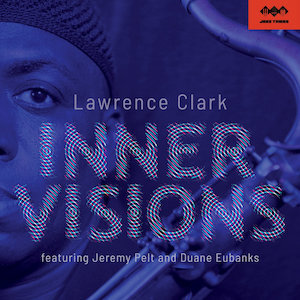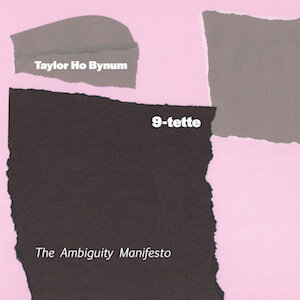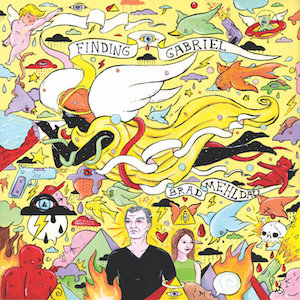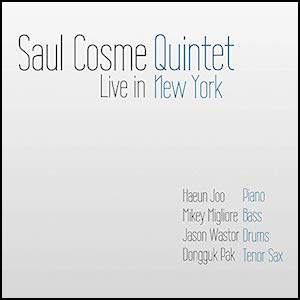Label: Self produced, 2019
Personnel - Noah Preminger: tenor saxophone; John O’Gallagher: alto saxophone; Jason Palmer: trumpet; Kris Davis: piano; Rob Schwimmer: haken continuum, clavinet; Kim Cass: bass; Rudy Royston: drums.
Tenor saxophonist Noah Preminger has been playing in several musical contexts with a variety of group configurations, but on his 14th album as a leader, Zigsaw: The Music of Steve Lampert, he is found at his most subversive, stepping out of his comfort zone to embrace a challenging single piece that lasts roughly 49 minutes. As the title refers, the tune's composer is the brilliant Steve Lampert, whose amalgamation of styles (electronic music is a prevailing constituent) in addition to a fully integration of improvisation and composition delight musicians and listeners alike.
Preminger had previously worked with Lempert (e.g. Zahskl’s Jukebox Vol. 1 and Vol. 2), who composed this work in response to a request from the saxophonist. If the written material is delightfully audacious, the execution is sublime. Preminger gathers a swathe of heavyweight colleagues for that effect - alto saxophonist John O’Gallagher and trumpeter Jason Palmer join the bandleader in the front row, while the rhythmic foundation is entrusted to bassist Kim Cass and drummer Rudy Royston. The septet is rounded out with the creative Kris Davis, who takes over the piano chair, and Rob Schwimmer, a secret weapon whose soundscapes on Haken Continuum and clavinet assure that everything works as envisioned.
Lampert's advanced compositional strategy consists of 12 main sections, each of which exposing a cycle of four events - a vamp-like sequence that serves as a ramp for improvisations; an open-ended improvisational segment; a reaffirmation of its danceable first part; and a so called fantasy-like section. Despite forming a sort of symmetry, these multi-shaped mosaics are initially puzzling, packed with a futuristic surrealism that pushes us to another realm. It can be hauntingly cinematic at times, referring to movies like Forbidden Planet and Alphaville (at least in my head).
The journey starts with a frantic electronic-inspired dance that also welcomes some indie rock furor. Preminger infuses post-bop and funk energy into his statement, having Davis constantly on top of things as she confers the best imaginable comping. The soloists succeed one another, externalizing their ideas and adapting to a variety of settings that go from Kraftwerk-like extravaganzas filled with pulsing tones and colossal bass lines to mysterious ambiances wrapped in offbeat droning sounds to typical avant-garde jazz layouts. At some point, near the middle, and during an inventive piano excursion, the textural configuration gets slightly groovier and jazzier, after which the saxophonists churn out some more cries. In the final section, Cass and Royston are given the chance to show their swinging abilities, in a passage that also features Davis’ independent chordal flux, incredibly delivered in countercurrent.
There’s almost no time for lethargy or ponderation here since the perpetual dynamic changes continually bring something new to be acknowledged. This is intelligent, groundbreaking music that proves unclassifiable and elevates both Preminger and Lampert to a level of distinction in the progressive 21st-century jazz.
Grade A









